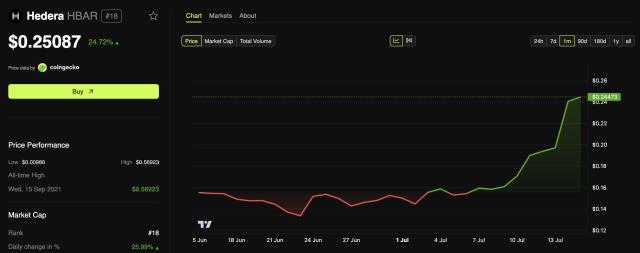Author: Haotian
Based on Ethereum's technology roadmap for the next two years, sharing several "technological breakthroughs" that may provide support for the price (Exclusive to E Guard):
1) zkEVM Layer1 Integration
Implementation Timeline: Mainnet deployment completed between Q4 2025 and Q2 2026;
Technical Objectives:
- 99% of blocks verified within 10 seconds;
- Zero-knowledge proof verification cost reduced by 80%;
Significance:
- Market share of stablecoins like USDC and USDT on Ethereum mainnet will further expand, with daily gas consumption correspondingly increasing, directly driving ETH deflation;
- zkEVM zero-knowledge proof technology provides compliance privacy guarantees for traditional financial institutions, potentially activating large-scale DeFi application scenarios;
2) RISC-V Execution New Architecture
Implementation Timeline: R&D begins in the second half of 2025, gradually promoted in stages from 2026-2030;
Technical Objectives:
- Smart contract execution efficiency improved by 3-5 times;
- Gas costs reduced by 50-70%;
- Open-source instruction set architecture replacing current EVM, better compatible with modern hardware acceleration technologies;
Significance:
- Performance improvement will generate entirely new application scenarios, such as high-frequency trading, real-time gaming, AI inference, micro-payments, and small transactions;
- Lower gas costs will reactivate small transaction scenarios, significantly expanding user base and usage frequency, creating a positive cycle of ETH demand;
3) Layer1-Layer2 Ecosystem Collaboration
Implementation Timeline: Begins in Q4 2025, continuously optimized from 2026-2027;
Technical Objectives:
- Achieve seamless interoperability between L1 and major L2 (Arbitrum, Optimism, Base, etc.);
- Currently scattered liquidity of about $120 billion TVL, unified liquidity pool TVL to exceed $200 billion;
- Cross-layer transaction costs reduced by 90%, achieving cross-layer confirmation within 10 seconds;
Significance:
- DeFi protocols can more efficiently aggregate ecosystem-wide (L1+L2) liquidity, generating a network effect of 1+1>2, significantly improving capital efficiency and application experience of the entire Ethereum ecosystem;
4) Validator Economic Optimization
Implementation Timeline: Begins in the second half of 2025, synchronized optimization with various technical upgrades, continuously improved over 2 years;
Technical Objectives:
- Validator minimum staking threshold gradually reduced from 32 ETH to 16 ETH, potentially to 1 ETH;
- Staking annual yield increased from current 4-6% to 6-8%;
- Simplify validator operation threshold, support light node verification, enhance network decentralization;
Significance:
- Lowered validator threshold and optimized yield model may increase ETH staking rate from current ~25% to over 40% (approximately 48 million ETH locked), further reducing ETH circulating supply, strengthening deflationary expectations;
- Improved staking yield will enhance ETH's attractiveness as a "digital bond", providing fundamental valuation support;
5) Shard Technology Revival (ETH 3.0)
Implementation Timeline: Design and R&D begins in 2026, potentially realized in 2027-2028 or beyond;
Technical Objectives:
- Combine zkEVM+ sharding to achieve millions of transactions per second;
- Data availability cost reduced by 99%;
- Distribute blockchain data across multiple shards, with validators processing only partial data;
Significance:
- Reintroduction of sharding indicates Ethereum is preparing for Web3 mass adoption in the next decade, reviving the "world computer" vision;








